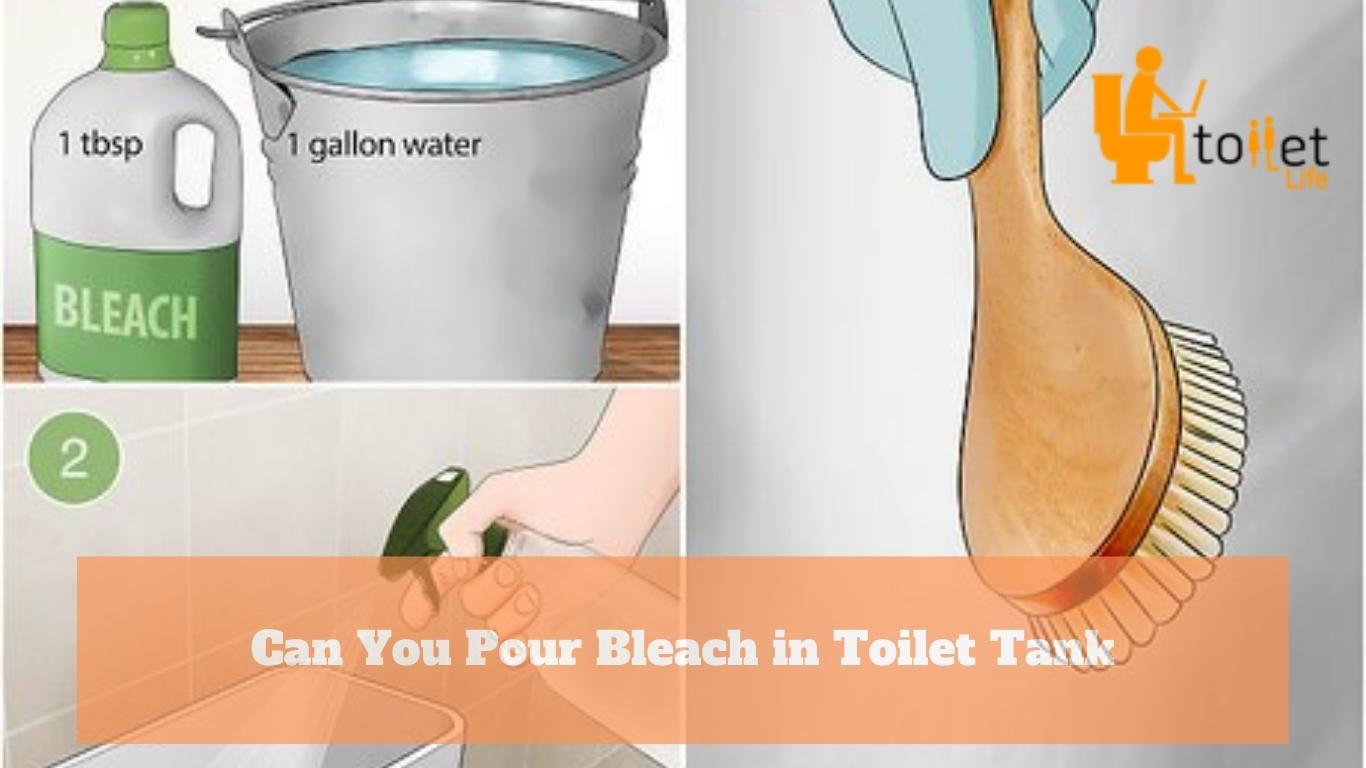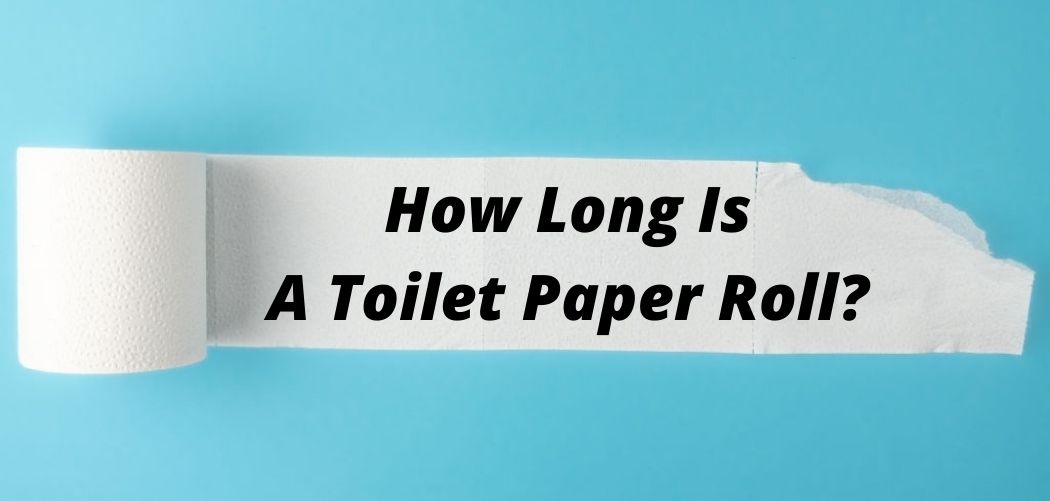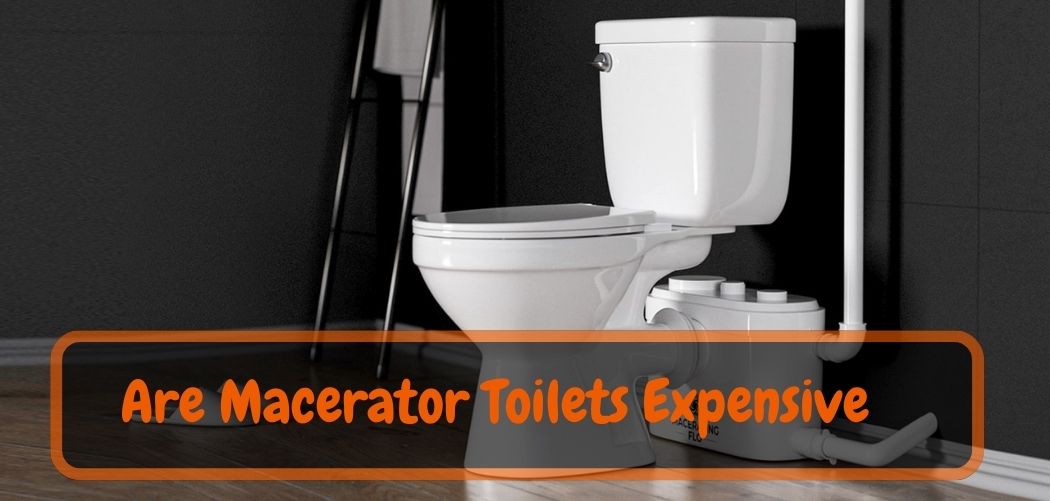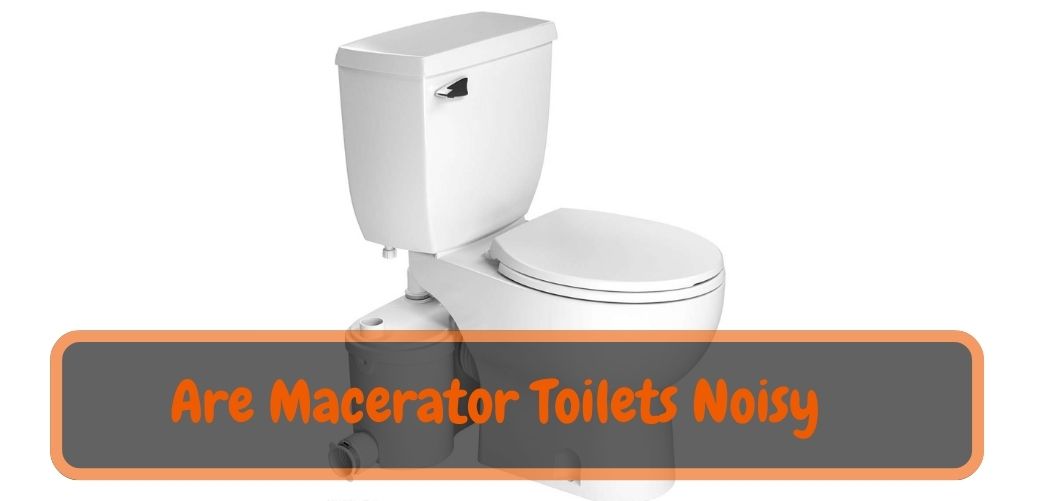While cleaning a toilet unit, you might often overlook or forget to clean another essential part of the toilet unit – the toilet tank.
Only wiping off the exterior of a toilet tank may clean the surface. However, rust and corrosion of its metal components can cause discoloration of the tank’s interior. Therefore, you need to clean the interior properly to ensure the durability of the tank and overall toilet unit.
Now, the question arises – can you pour bleach into the toilet tank for cleaning?
We have a spoiler for you! The answer is – no.
If you are wondering if there’s any alternate or easy solution for cleaning the tank, keep reading. Our expert guide will provide you with easy and effective ways to clean inside a toilet tank.
Why is Using Bleach Not a Good Idea?
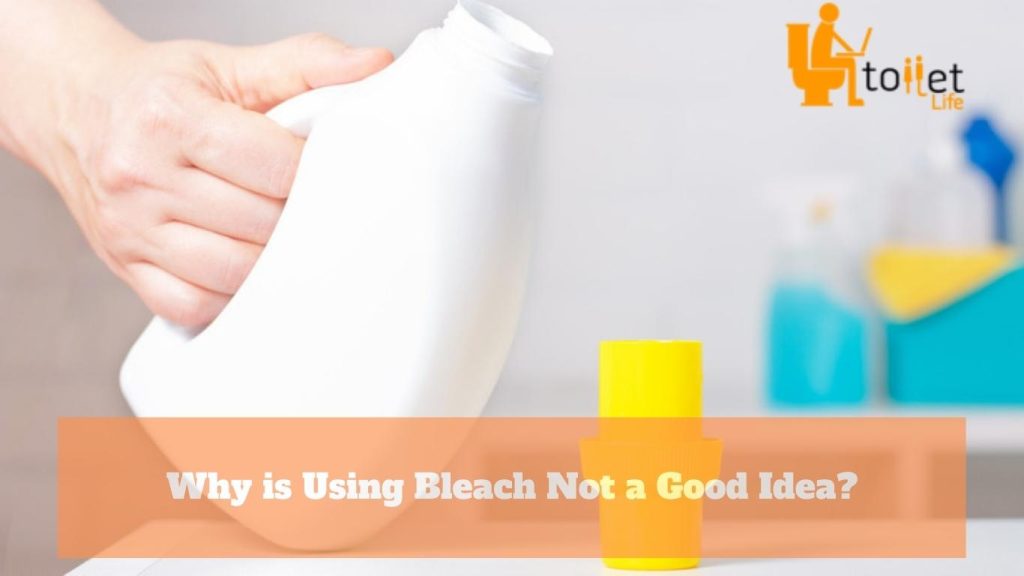
Since a bathroom is the most frequently visited area of a residence, it is a must to clean the toilet on a weekly basis to keep it hygienic, spotless, and odorless. You can simply clean the bowl and exterior of a toilet tank using bathroom detergent or toilet cleaner.
You can use bleach to remove stains from the bathroom floor. However, when it comes to cleaning the interior of the tank, bleach is not recommended.
Using bleach may not damage surfaces made with porcelain. But using bleach or cleaners containing bleach to clean inside a tank can damage the rubber seals and corrode the metal parts present inside the tank. As a result, using bleach can leave rust stains and cause leakage from the tank due to the damage.
While using tank cleaner tablets, disinfectant spray or wipes, check the ingredient list and make sure they do not contain bleach.
How Often do You Need to Clean the Toilet Tank?
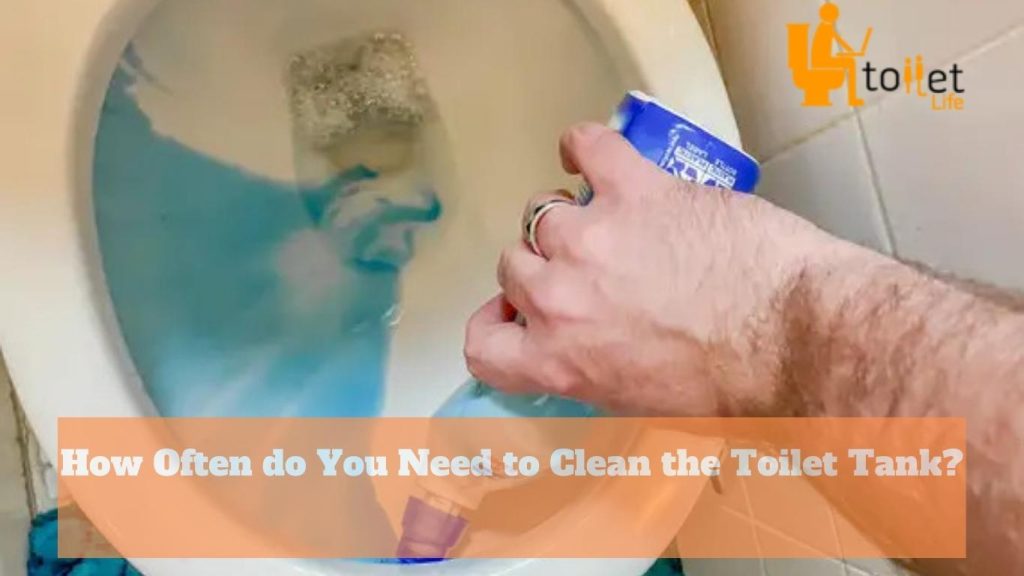
Experts recommend cleaning your toilet tank twice a year. This way, you can prevent mildew, mold, rust, and other residues from building up inside the tank that can cause bad smells. A clogged and rusty toilet tank can cause toilet bowl stains even if you have a clean water supply.
Clean Your Toilet Tank – An Alternate Solution to Bleach
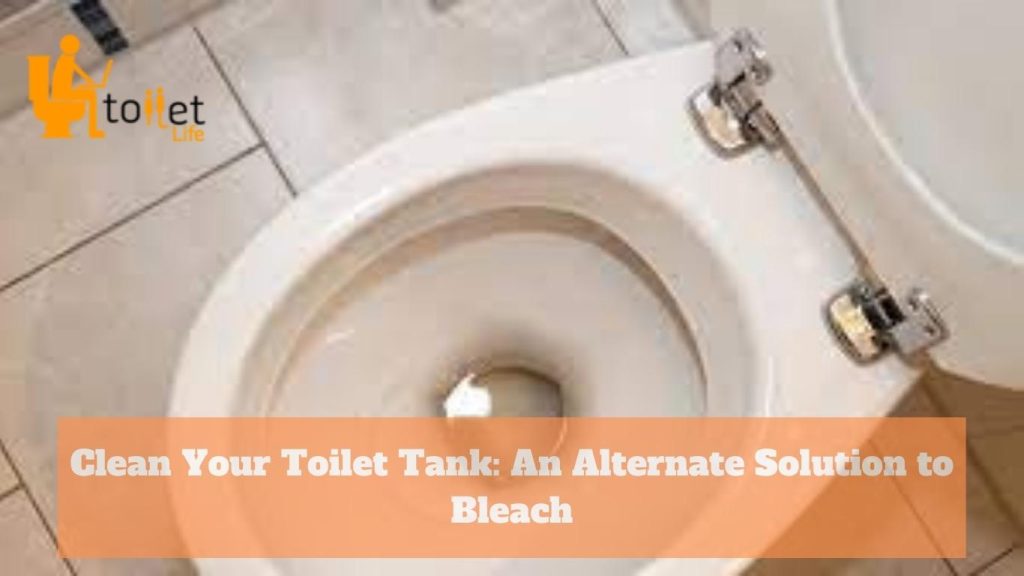
A safe, effective, and natural alternative to bleach is – white vinegar diluted with water. Vinegar prevents mold, mildew, and stain-causing bacteria from building up inside the toilet tank. It also helps in removing odor.
Now, follow these simple steps to clean your toilet tank quickly and effectively:
Step 1: Turn off the water supply
First, turn off the water supply. You will find a valve behind the tank. Turn it to the right all the way.
Step 2: Drain the tank
Start flushing the toilet until the tank is empty.
Step 3: Scrub the interior surface
Now, dip a scrub brush with a soft bristle into white vinegar and scrub the inside surfaces and parts of the tank.
Step 4: Fill the tank
When you are done scrubbing the residue and stain off the tank, fill it with diluted white vinegar. Make sure to fill the tank up to the overflow valve. The overflow valve is a tube with an opening near the top of the toilet tank. It drains into the bowl to prevent overfilling the tank.
Step 5: Flush gunk out
Leave the tank for 12 hours with vinegar in it. It will allow the natural cleaner to eliminate mold, bacteria, and stains inside the tank. After the recommended period, flush the toilet.
Step 6: Repeat until done
Keep refilling and flushing out the tank until the water becomes clear. The water will run clear when all the slacked residues are gone.
Additional Tips
- To keep the toilet bowl odorless and stainless: Pour diluted white vinegar into the toilet bowl, let it sit for a while, and then wash with warm water.
- To eliminate odor from the toilet tank: You can use drop-in toilet tank tablets to remove bad smells from the tank. Make sure to use non-corrosive, bleach-free tablets. You can use one tablet every two months to maintain the freshness of the water tank.
- To whiten the toilet bowl: Make a bleach mixture using 1 tbsp (15 mL) of bleach and 1 gallon of water (approx. 3.78 L). Put the mixture into a spray bottle and spray it over the bowl. Then use a toilet brush to scrub the toilet bowl. Wait for around 5-6 minutes. Then, keep flushing the toilet to rinse it thoroughly and wash away the cleaner.
Warning
Make sure the bathroom is well-ventilated before you start any cleaning process. Moreover, wear hand gloves and goggles to avoid any risk of harm caused by cleaning ingredients.
Frequently Asked Questions
What happens if you pee in a toilet with bleach?
Answer: You should never pee in a toilet bowl if there’s bleach either in the tank or in the bowl itself. Bleach reacts with the urine/ammonia and produces Chlorine gas. The gas is usually pungent in nature and can cause coughing and irritation in the eyes and nose.
Does bleach damage toilet bowls?
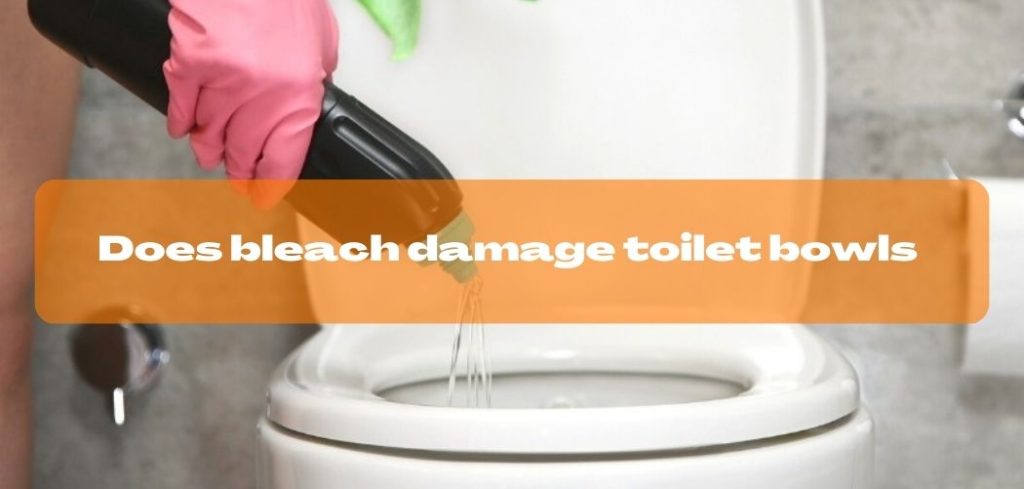
Answer: If you pour undiluted bleach into the toilet bowl, it can damage the surface if made with porcelain material. Using a bleach mixture of diluted bleach to clean toilet bowls is always safe.
Why is the water in my toilet tank black?
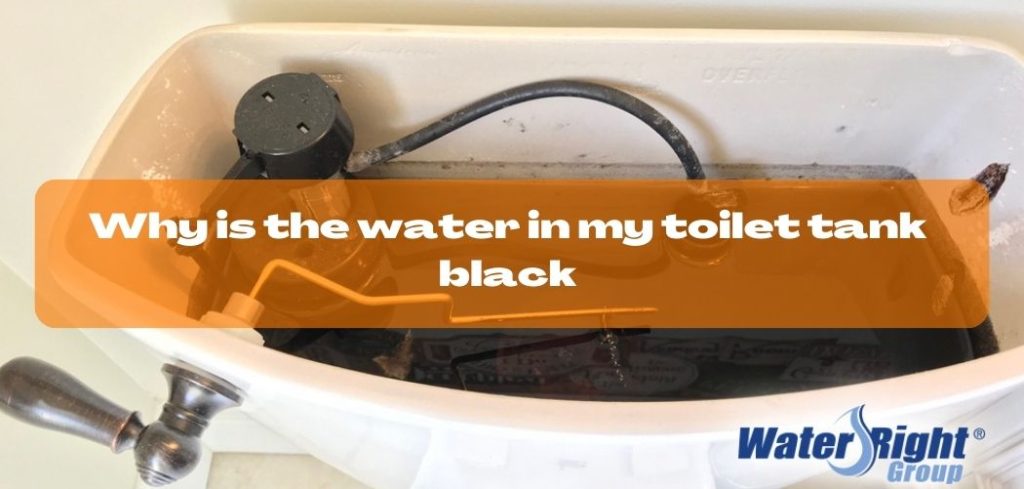
Answer: If you notice the water color is black in your toilet tank, there can be Manganese (Mg) or Ferric Sulfide present in the water. These compounds are responsible for black rust, turning the water black. If the water appears black and there is a rotten-egg odor, change the water and refill it. Then, put Chlorine in the water.
Conclusion
If you have made it this far, then you have already gathered all the information you need to clean your bathroom. Can you pour bleach into the toilet tank? Now you know the answer and more than that.
So, keep your bathroom spotless from inside out with our easy-to-follow expert guide.
Related Post:
How To Remove Toto Toilet Seat
What Causes Yellow Stains on Toilet Seat


